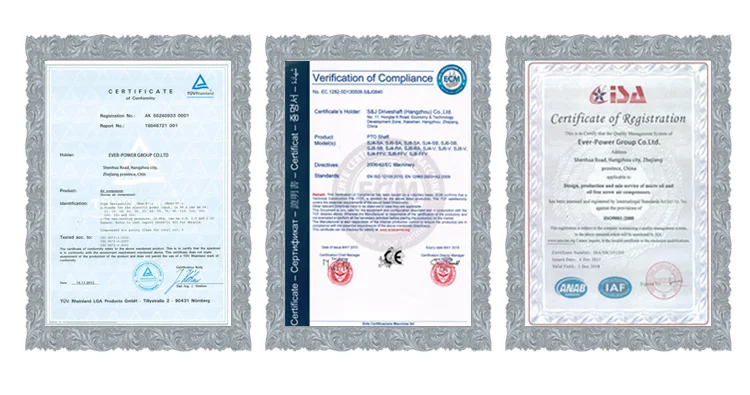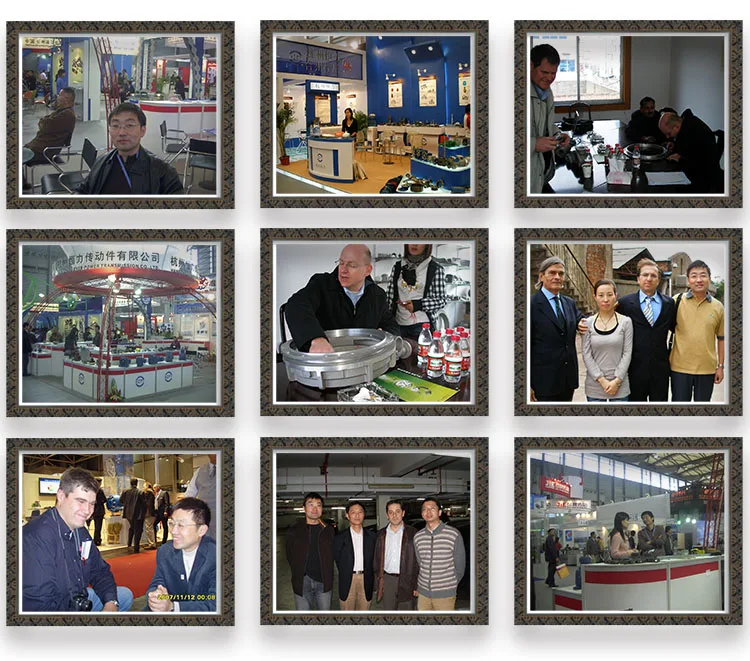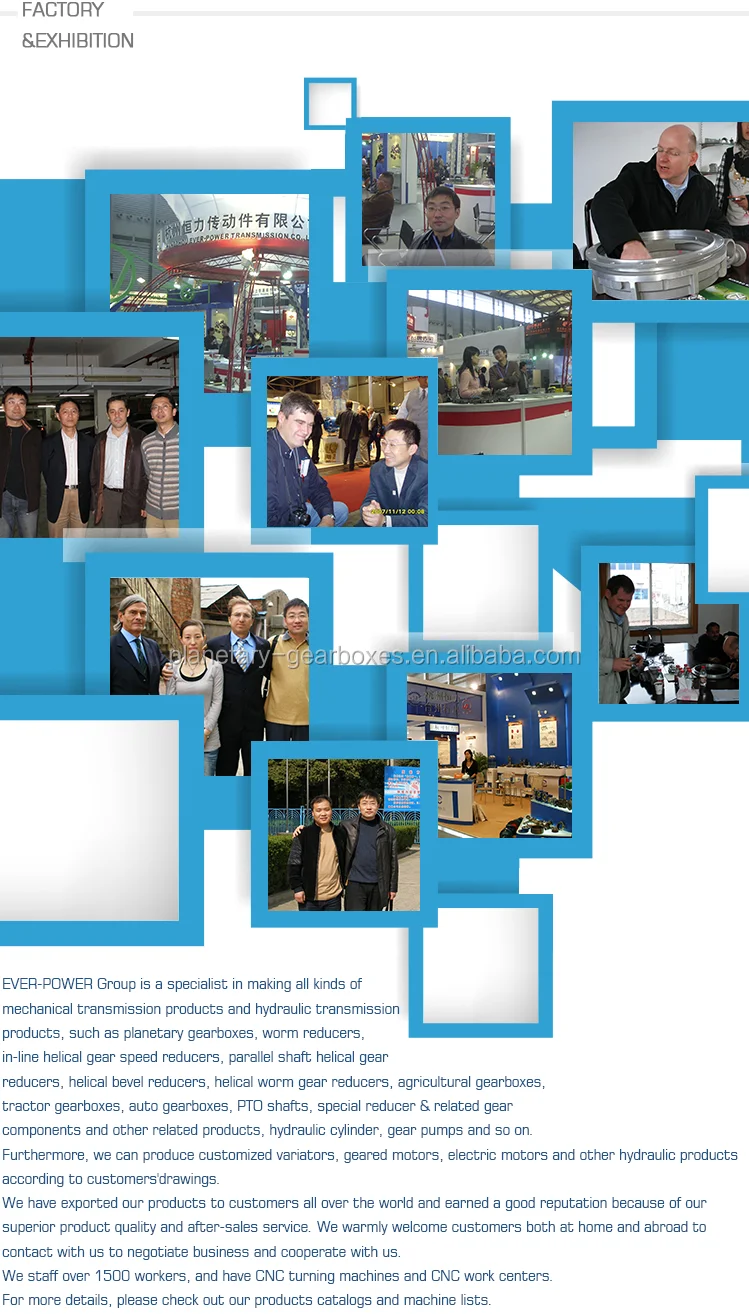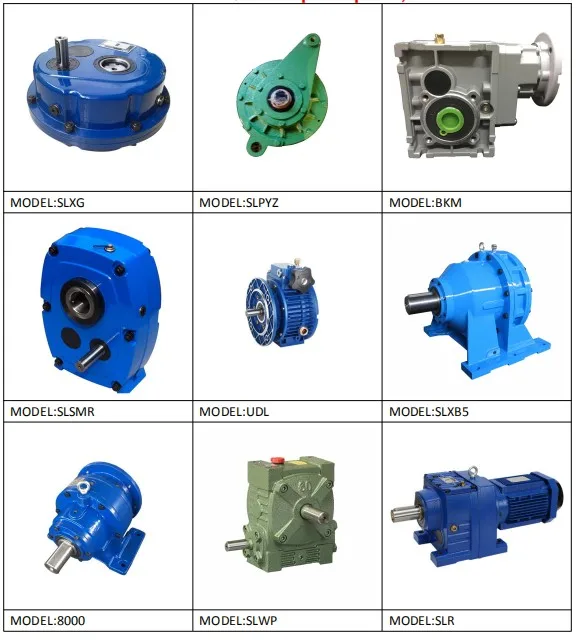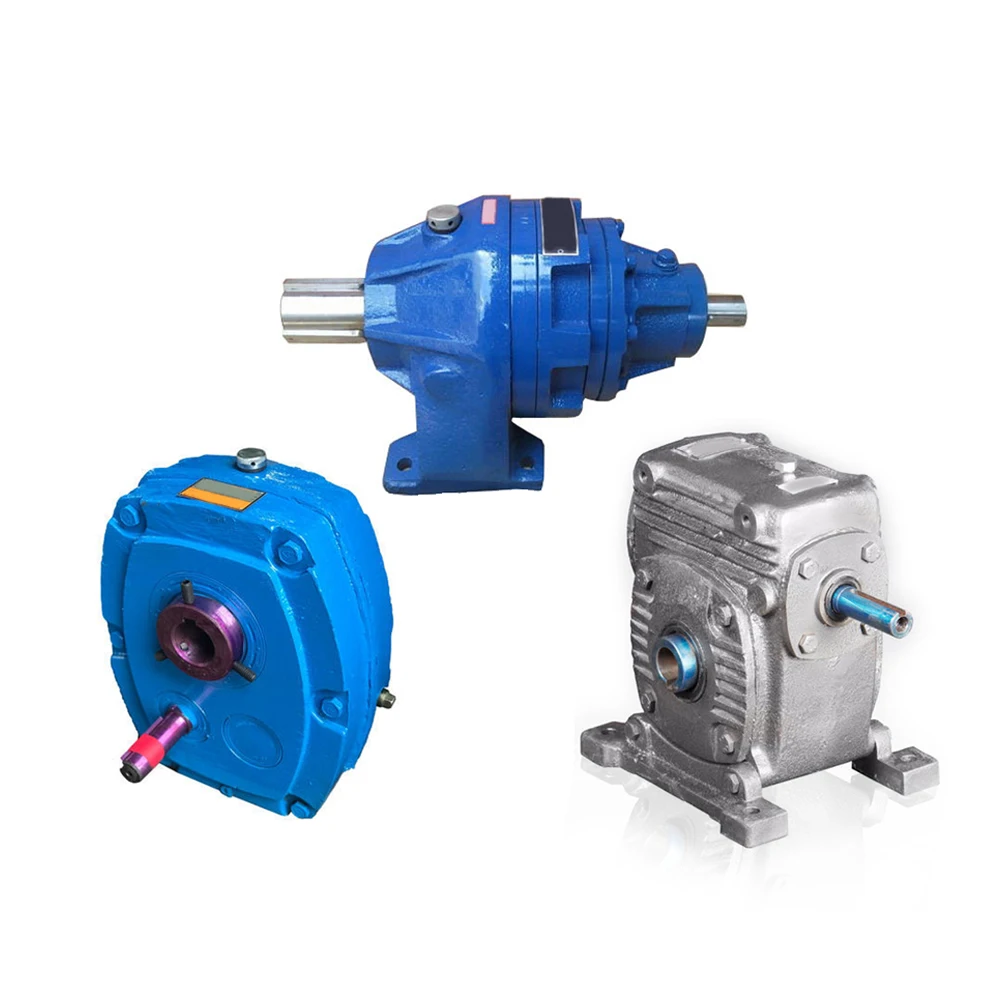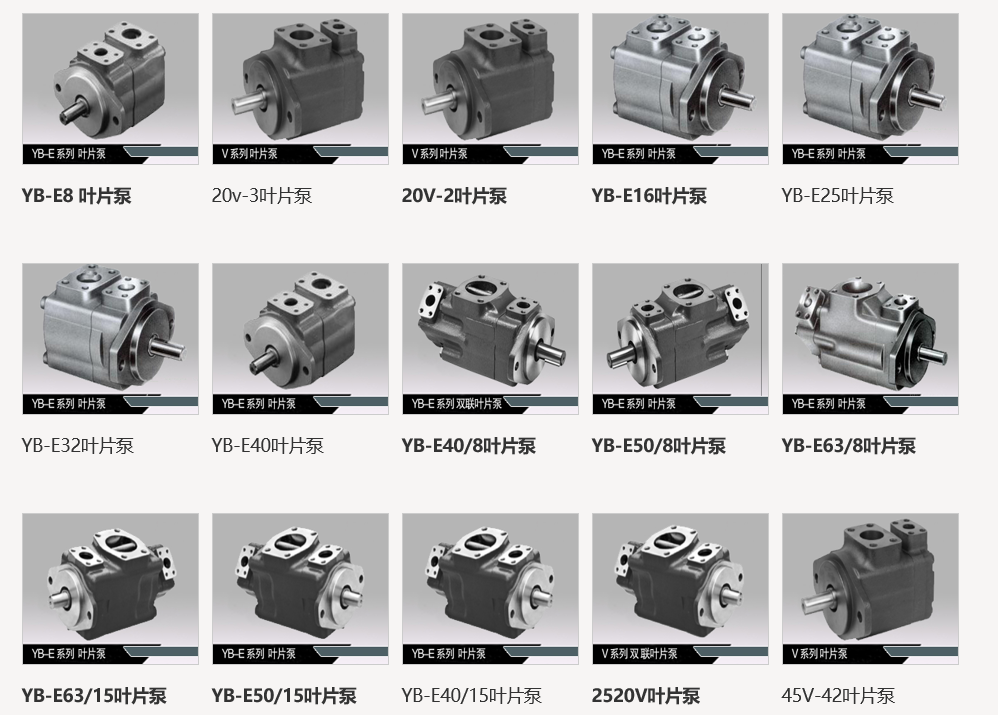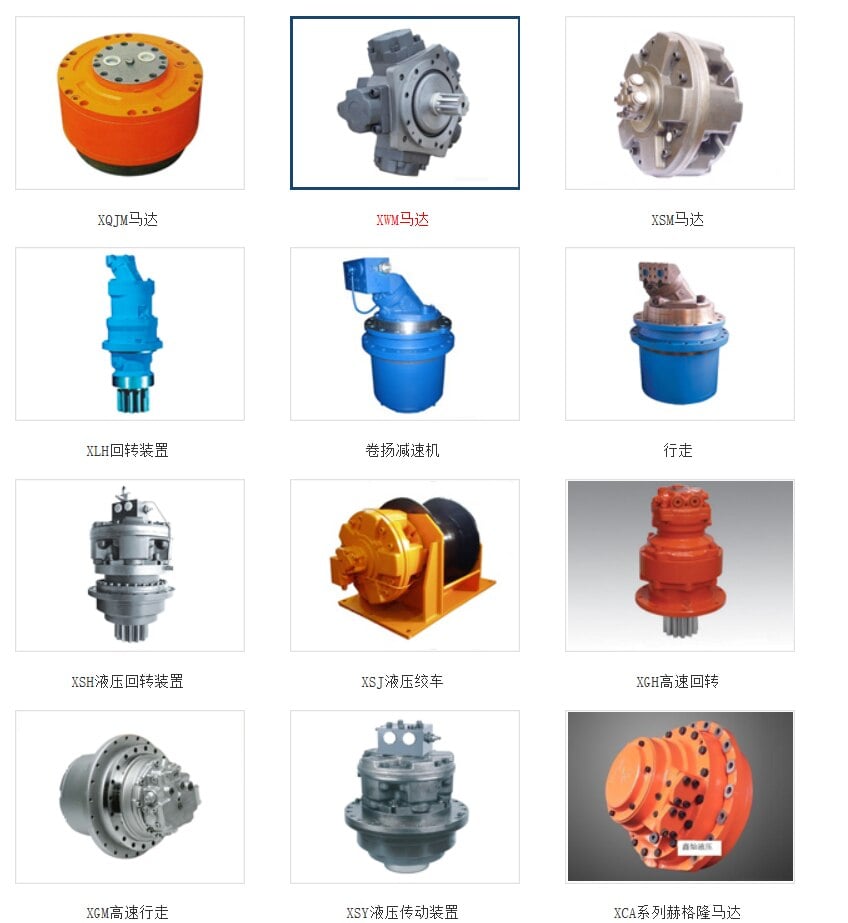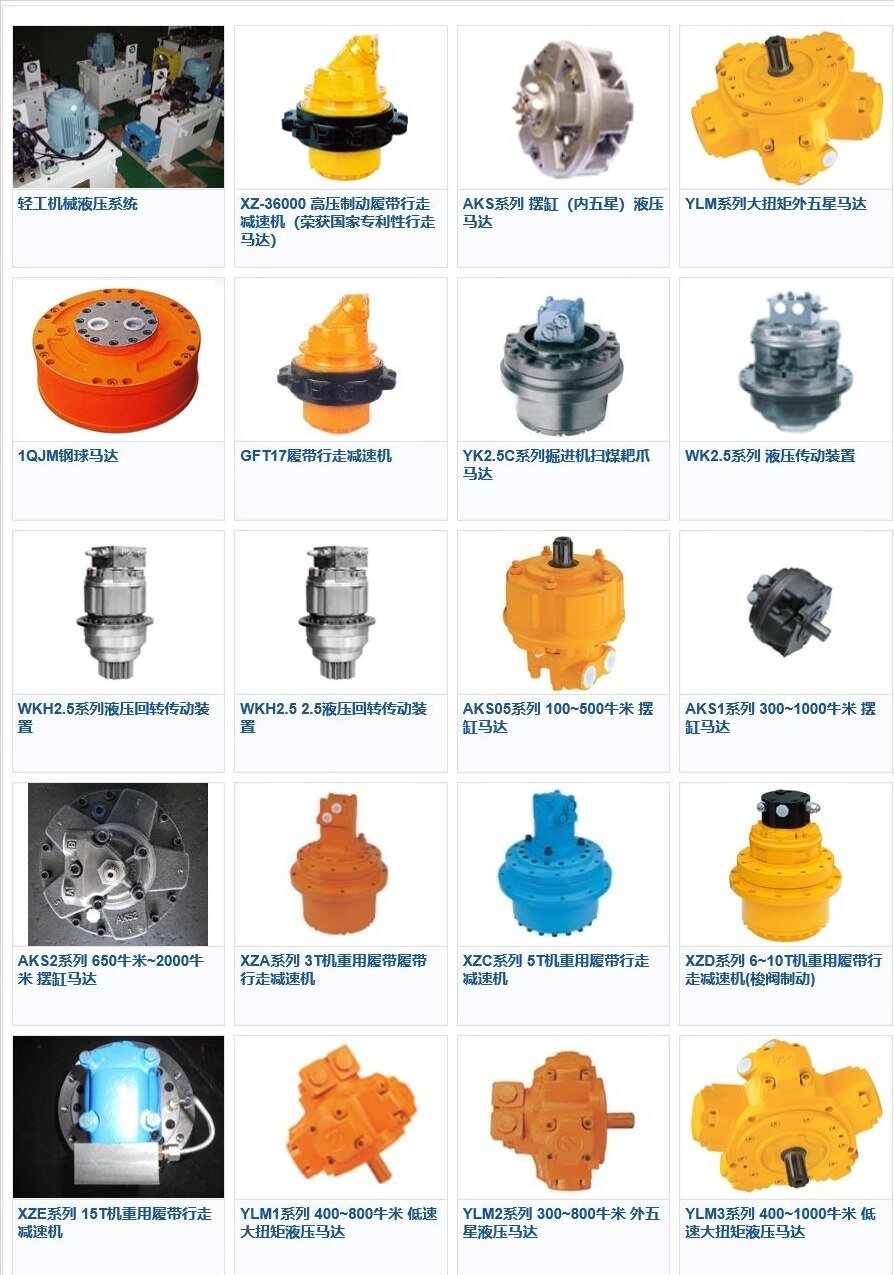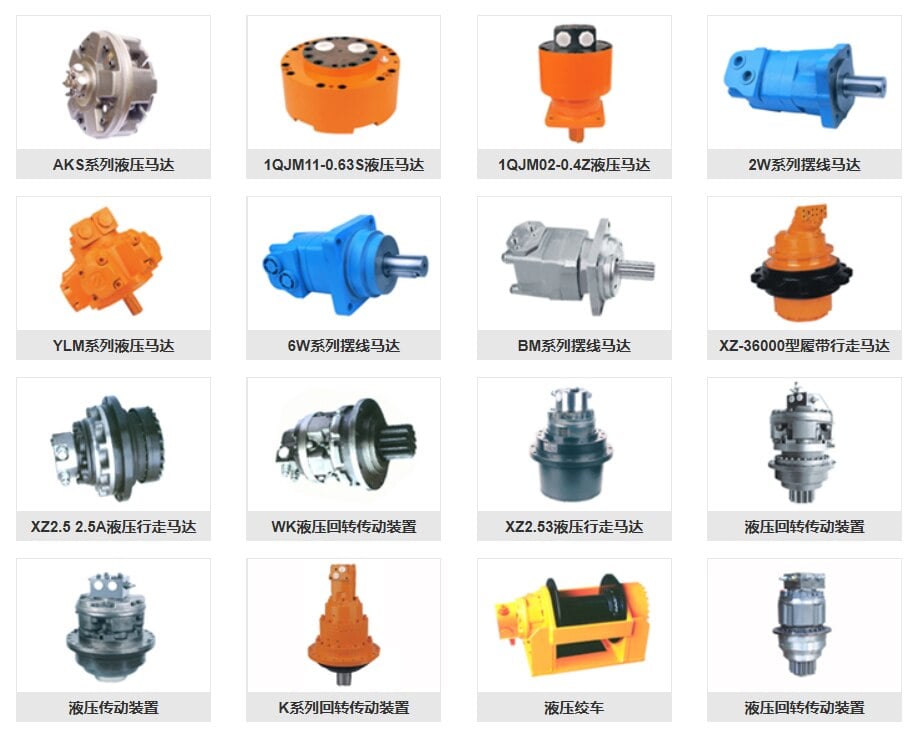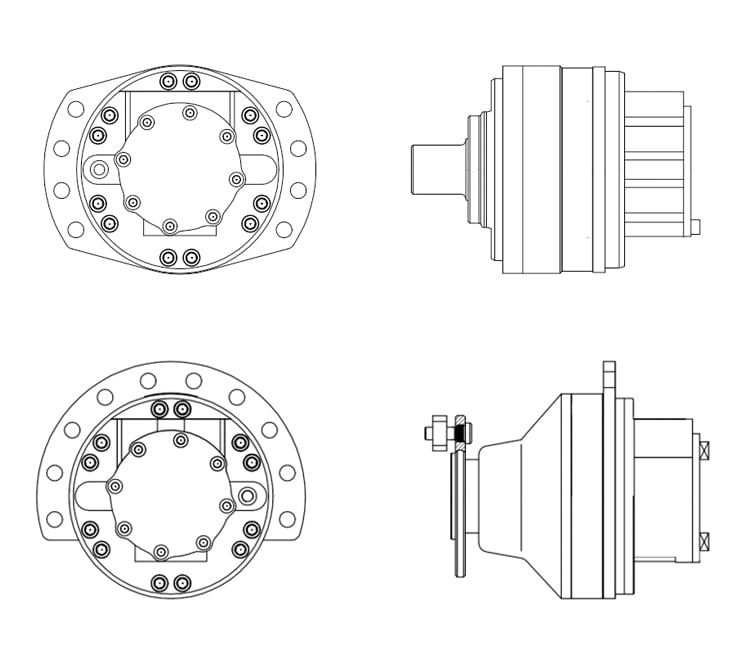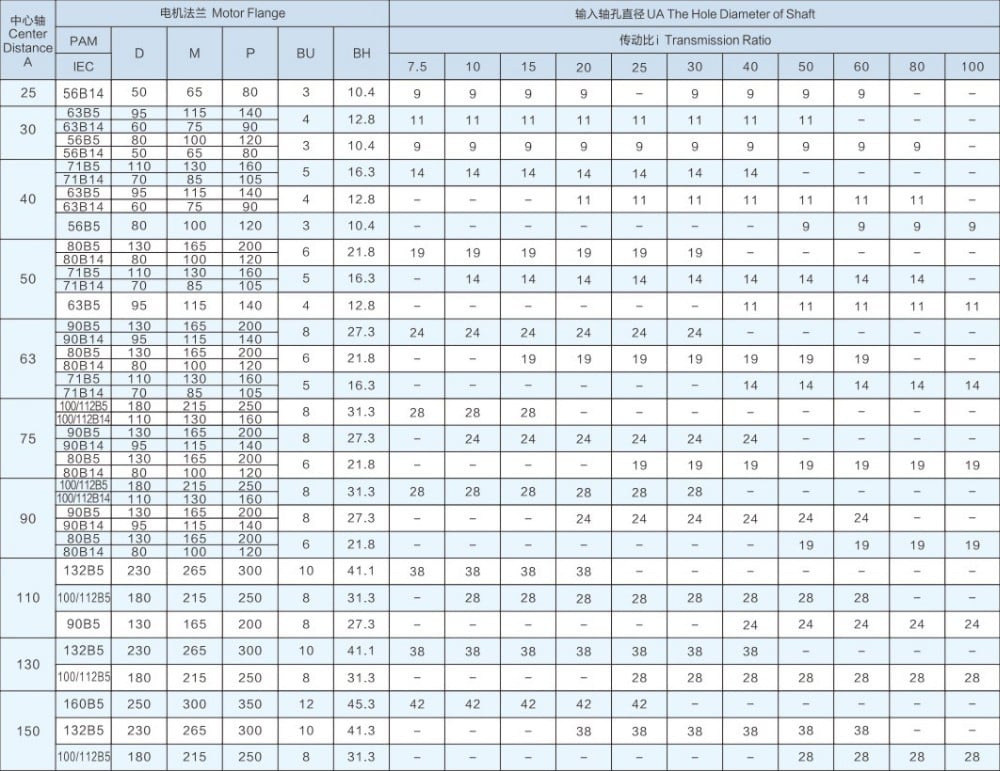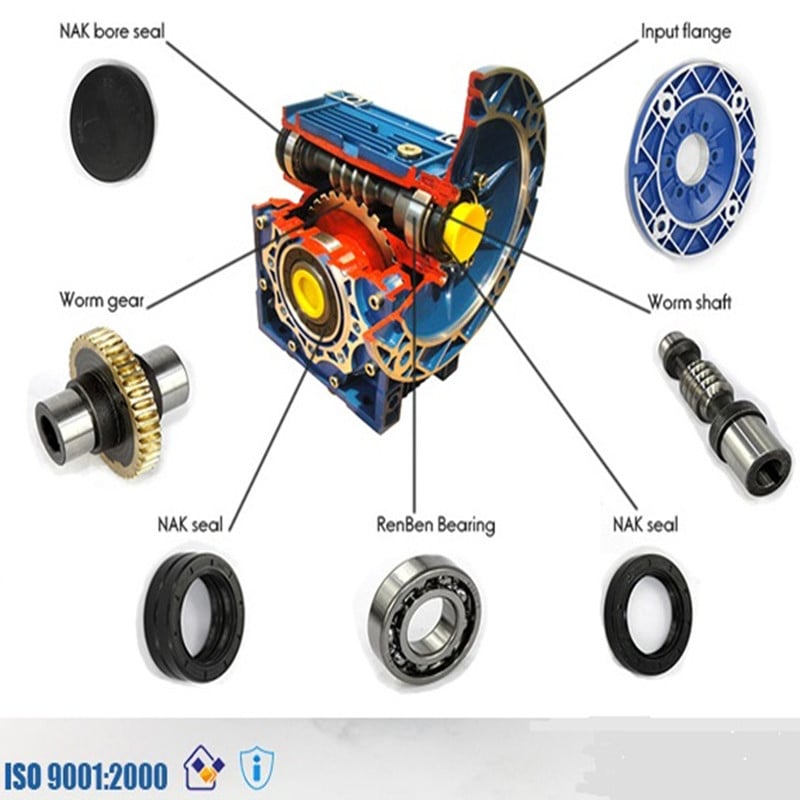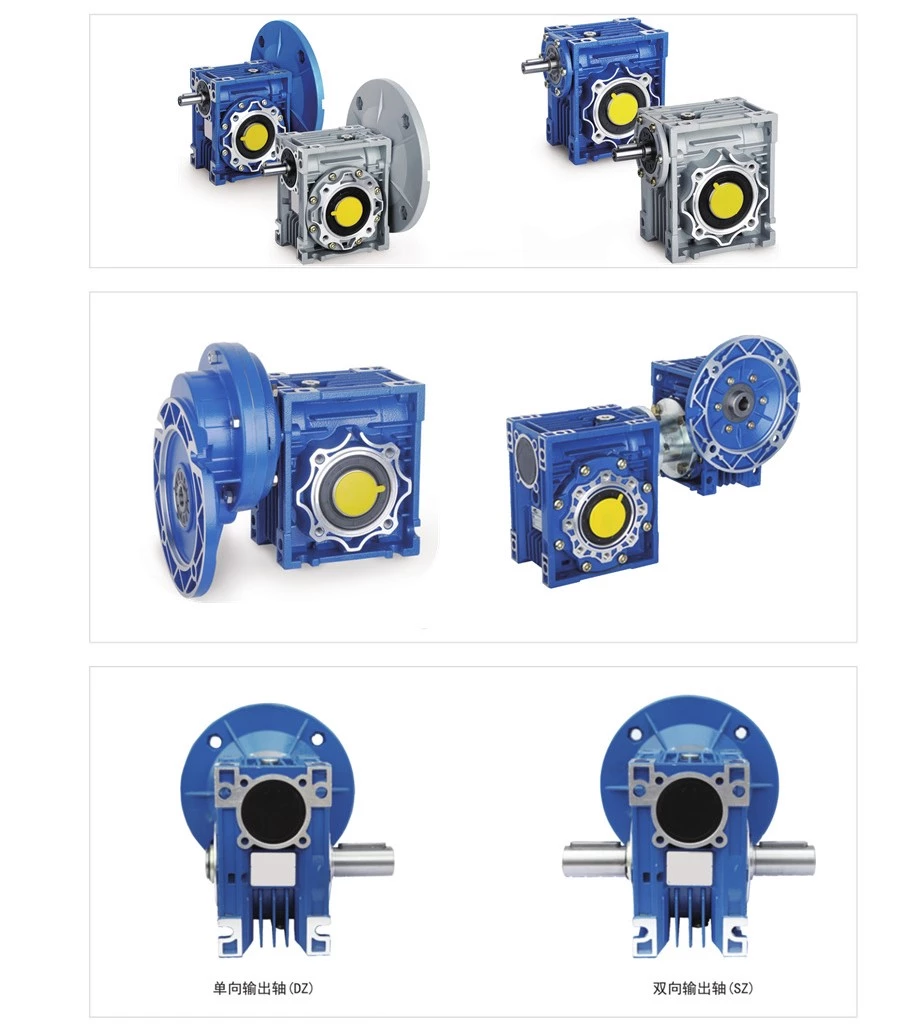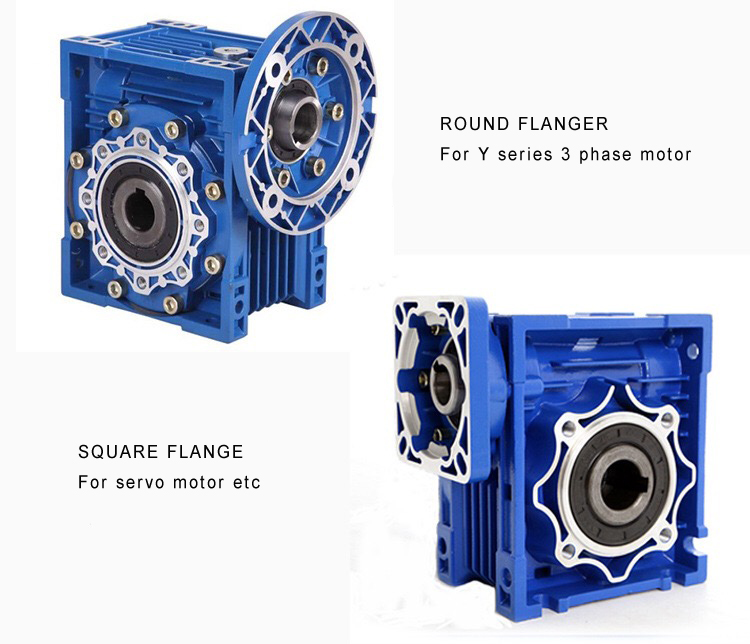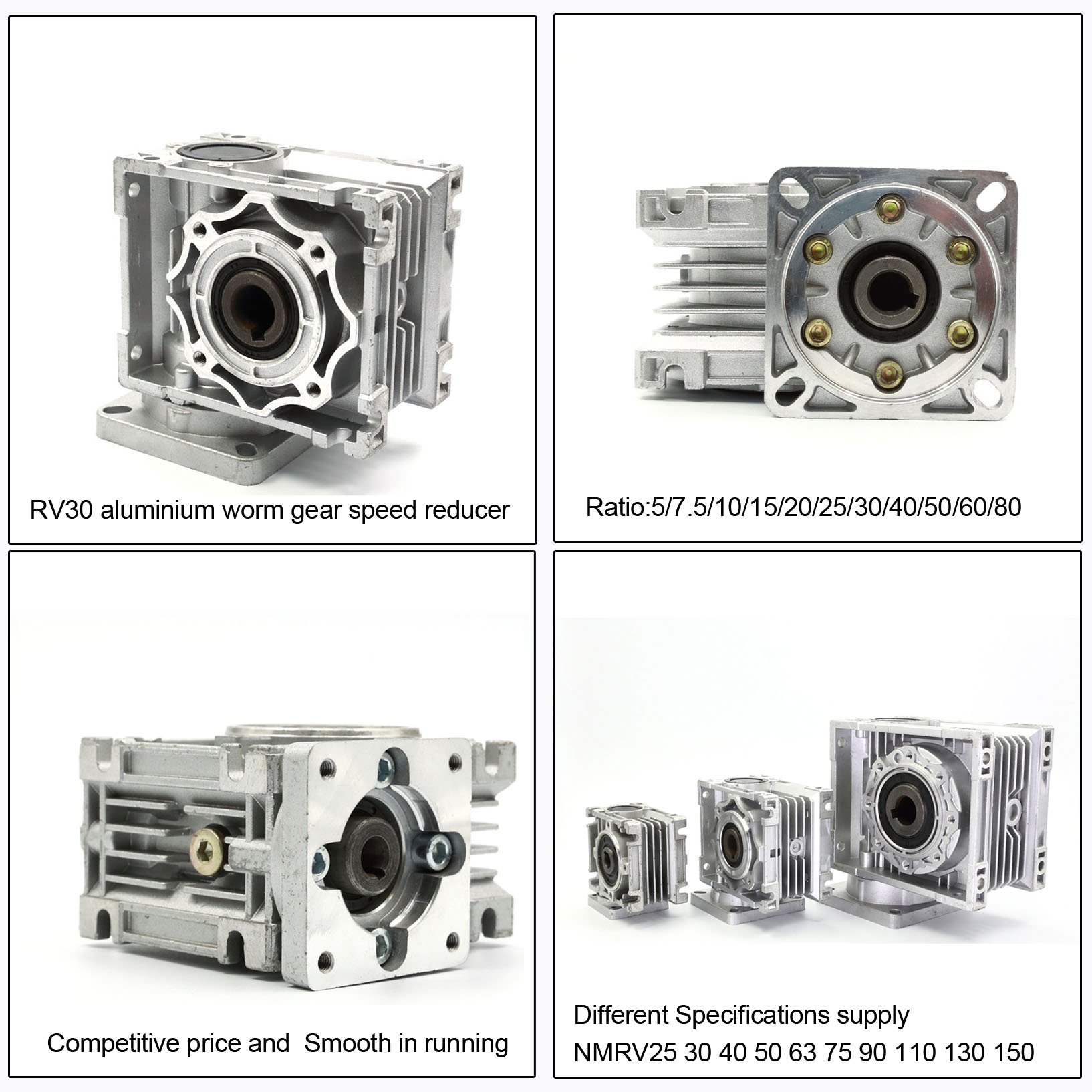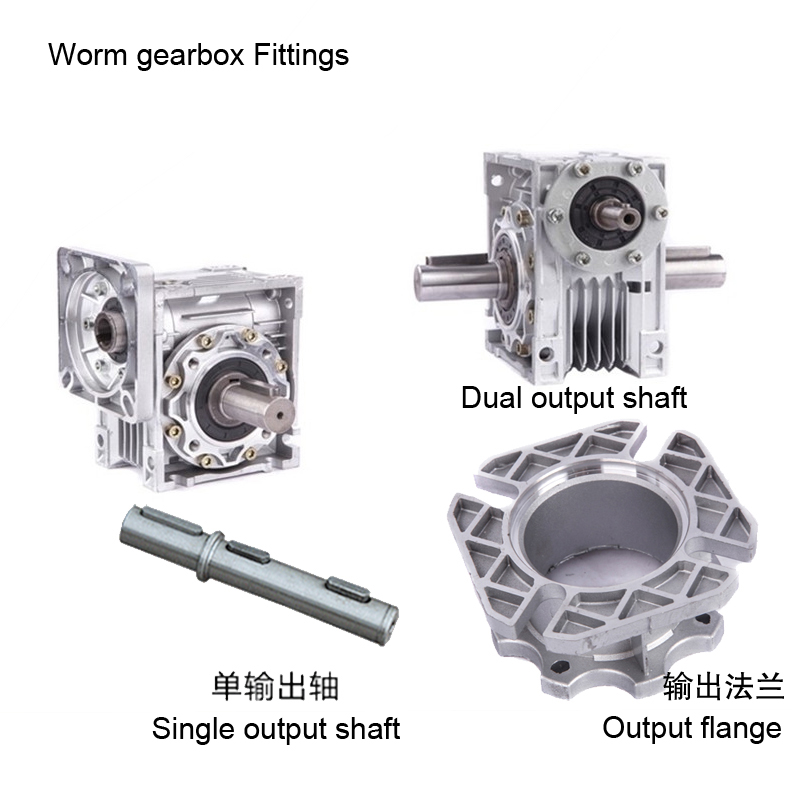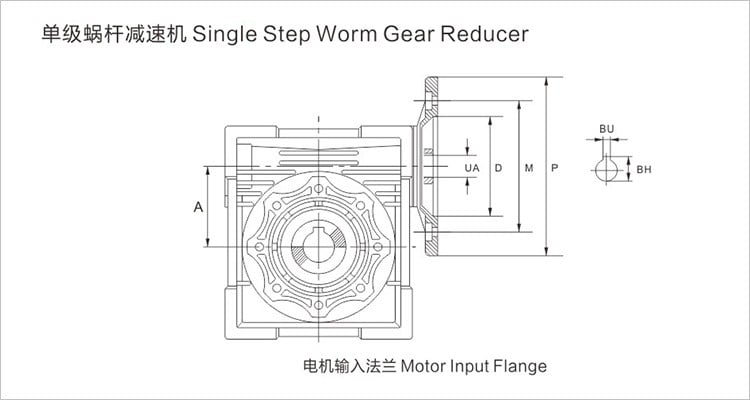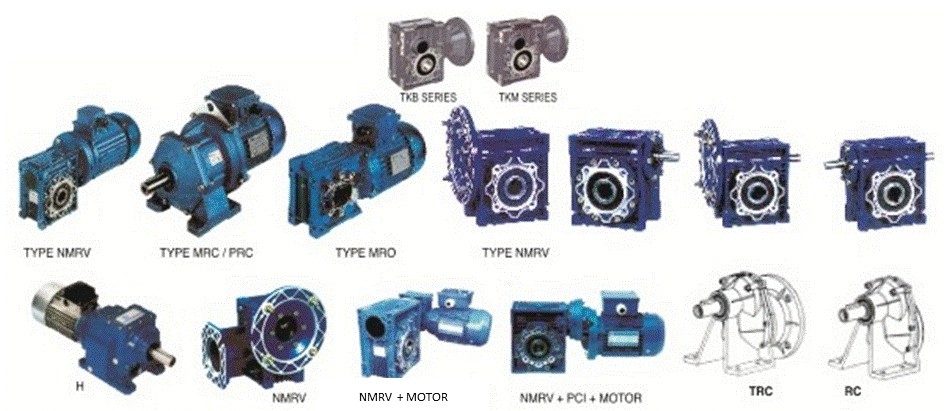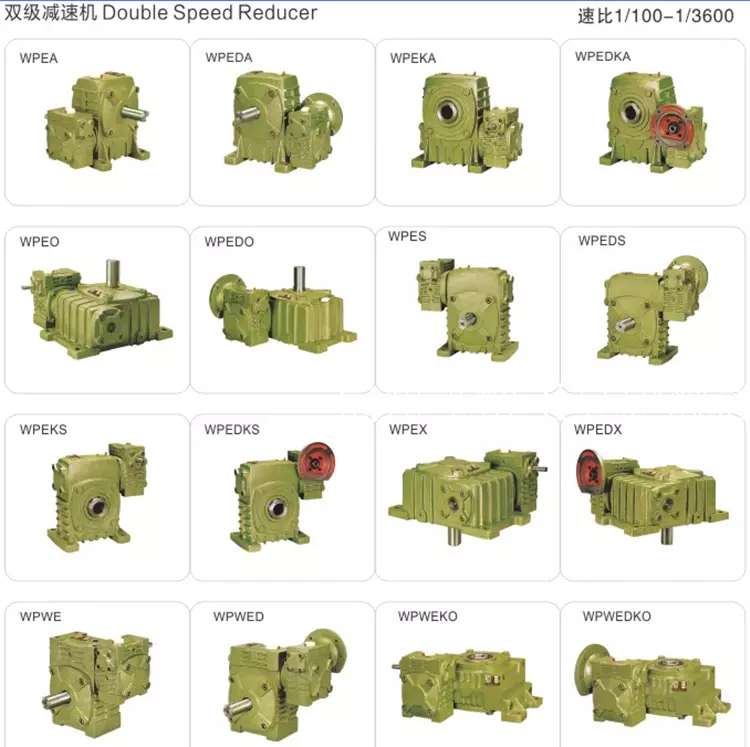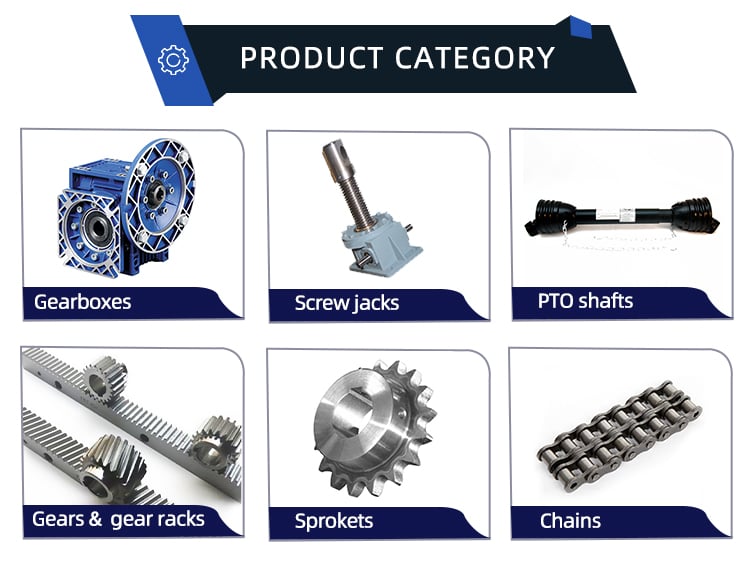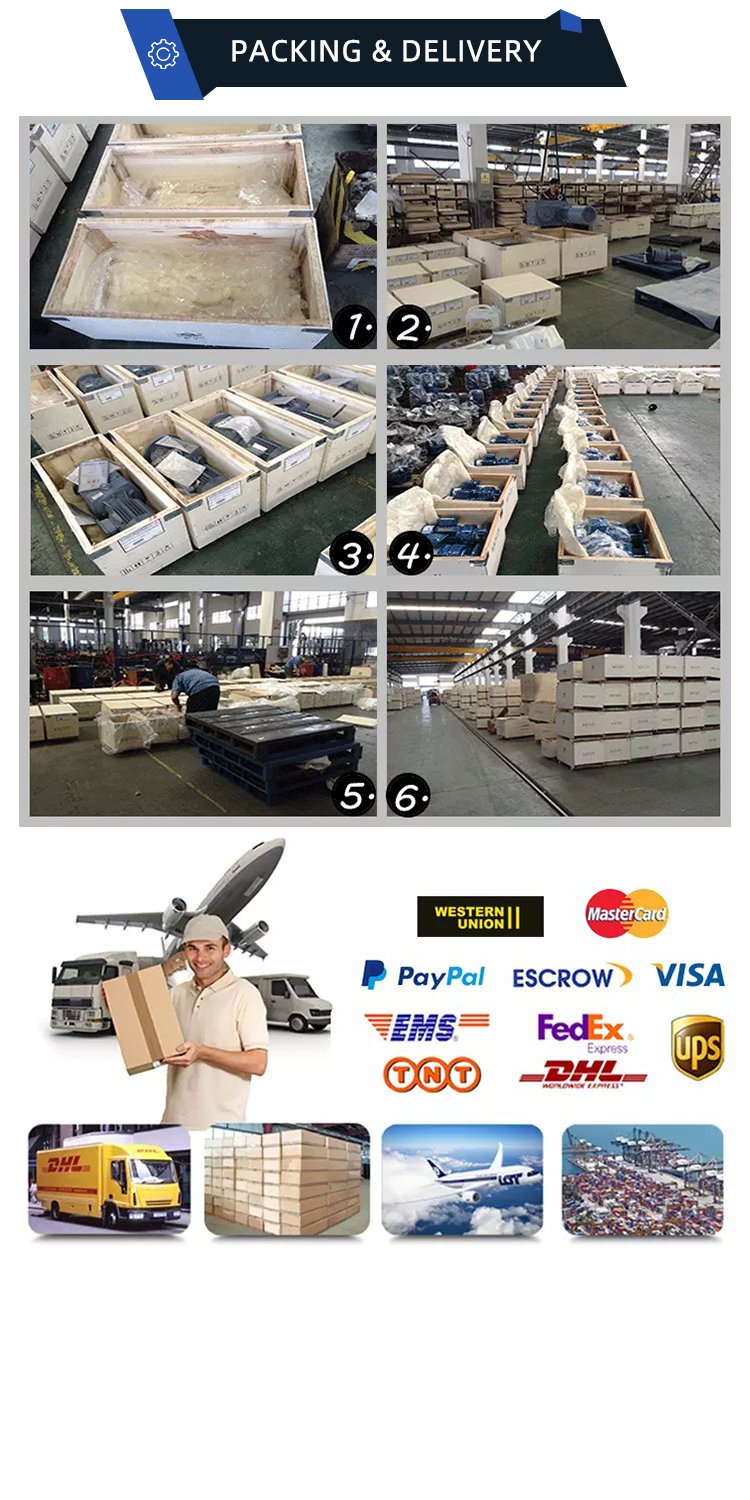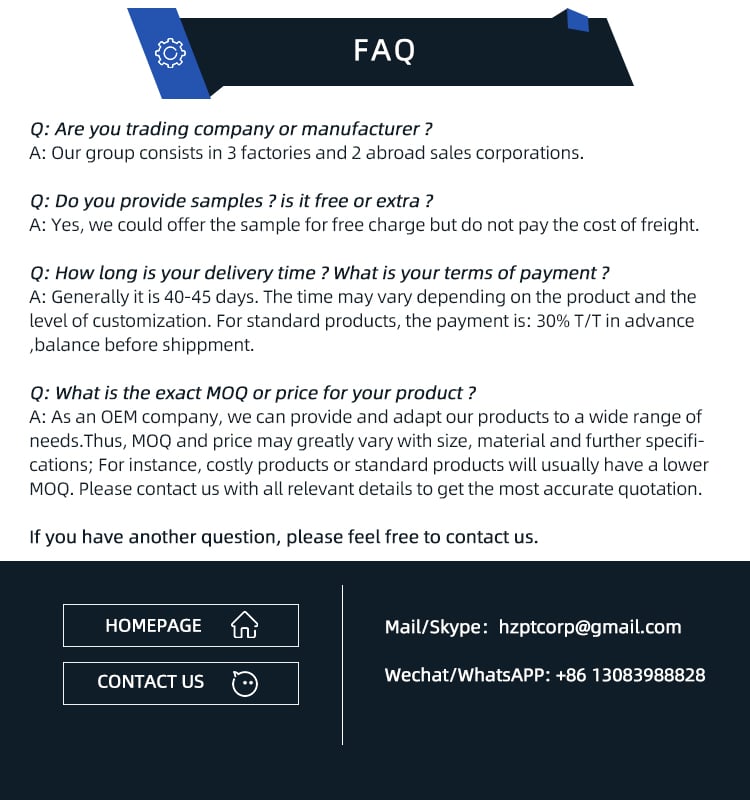Product Description
Customized Heavy Duty Motorized Tail Rubber Lagging Drive Motor Gravity Belt Conveyor Head Roller Drum Pulley Price
Product Description
The drum is the main component that transmits power. It is divided into 3 types according to their load-carrying capacity: light, medium and heavy.
Light: Bearing aperture 80-100mm, the shaft and hub are single-width plate welded cylinder structure connected by single key.
Medium: Bearing aperture 120-180mm, the shaft and hub are expansion sleeve connection.
Heavy: Bearing aperture 200-220mm, the shaft and hub are expansion sleeve connection, and the drum body is cast-welded structure.
Conveyor pulley stays at 2 ends of belt machine. The pulley can be divided into 2 categories: Driving pulley and averting pulley, driving pulley is the main part for transmitting the power and there are 2 kinds of pulley sets: Smooth surface and rubber surface, and rubber surface can be classified into smooth rubber surface, herringbone rubber surface and CHINAMFG rubber surface to meet different technical requirements. Averting pulley can be classified into smooth rubber surface and smooth steel surface.
Technical Parameters
| Driving Pulley (rubber surface) | |
| Belt Width | Standard Diameter of Pulley |
| 500 mm | 500mm |
| 650 mm | 500mm,630 mm |
| 800 mm | 500mm,630mm,800mm,1000mm,1250mm,1400 mm |
| 1000 mm | 630mm,800mm,1000mm,1250mm,1400 mm |
| 1200 mm | 630mm,800mm,1000mm,1250mm,1400 mm |
| 1400 mm | 630mm,800mm,1000mm,1250mm,1400 mm |
| 1600 mm | 630mm,800mm,1000mm,1250mm,1400 mm |
| 1800 mm | 630mm,800mm,1000mm,1250mm,1400 mm |
| 2000 mm | 800mm,1000mm,1250mm,1400 mm |
| 2200 mm | 1000mm,1250mm,1400 mm |
| 2400 mm | 1000mm,1250mm,1400 mm |
| Bend Pulley (smooth surface & rubber surface) | |
| Belt Width | Standard Diameter of Pulley (mm) |
| 500 mm | 250,315,400,500 |
| 650 mm | 250,315,400,500,630 |
| 800 mm | 25,031,540,050,063,000,000,000,000 |
| 1000 mm | 250,315,400,500,630,000,000,000,000,000 |
| 1200 mm | 250,315,400,500,630,000,000,000,000,000 |
| 1400 mm | 315,400,500,630,800,000,000,000,000 |
| 1600 mm | 400,500,630,800,100,000,000,000 |
| 1800 mm | 400,500,630,800,100,000,000,000 |
| 2000 mm | 500,630,800,100,012,000,000 |
| 2200 mm | 630,800,100,012,501,000 |
| 2400 mm | 800,100,012,501,400 |
| Pulley Standard | |
| Brand | SPD |
| Specification | SPD-CP-0001 |
| Certificate | ISO/BV/SGS |
| Standard | CEMA/JIS/DIN/Australia |
| Application | Coal mining industry, cement, steel, harbour etc. |
| Place of Origin | HangZhou City , ZheJiang Province , China |
| Material Feature | Water, Wear, Dust resistance |
| Supply capacity | 80pcs/month |
| Management system | ISO 9001:2008,ISO 14001:2004,GB/T 28001-2001 |
Project Performance
Main Equipment & Facilitys
Industry products research and manufacture. Over 70 designers are responsible for the research and development of professional port handling systems, vessels, steel structures, and modular house businesses. Port handling system mainly involves belt and pipe conveyor systems, stackers, rollers, pulleys and other parts. Shipping products include types of tugboats, product oil tankers, oil spill disposal ships and other offshore oilfield service ships; marine leveling barges, dredgers, and other engineering vessels. We have also designed and rebuilt the first offshore mariculture platform in China, several recreational platforms and other marine fishery equipment.
New building materials processing business. The main products include color-coated sheets for home appliances and building construction, precision stamping parts. The new building materials products of RPIC is the PUR sandwich panel, rock wool sandwich panel. At the same time, RPIC has designed a variety of prefabricated houses, which can be widely used for vacation and camping housing, urban construction housing, make-shift housing, medical, exhibition, and other temporary housing fields.
Steel structure and equipment manufacturing. With the annual production capacity of steel structure for about 100,000 tons, RPIC’s business markets involve the equipment steel structure, public infrastructure, bridge steel structure, space steel structure and so on. We have successively undertaken projects of Ore Wharf belt Conveyor System in HangZhou Port and the HUANENG Power Plant Belt Conveyor Engineering, accumulating to more than 200 million square CHINAMFG of industrial workshop construction.
Maintenance of ship and mechanical & electrical equipment. RPIC has over 30 years’ experience in port equipment operation and maintenance. RPIC is the only enterprise specialized in port handling system and equipment maintenance business in HangZhou city and has successfully repaired and transformed CHINAMFG research ships, dredgers, floating dry dock, tugboat, and other types of ships.
FAQ
Q1:Can you send samples?
A:Of course, we can provide customers with free samples but customer should pay the courier fee.
Q2:What product information do I need to provide?
A:Please kindly provide the grade, width, thickness, surface treatment requirement and quantities you need to purchase.
Q3:What is your terms of payment ?
A: 30% T/T in advance ,balance before shipment or 100% LC at sight.
Q4.Do you provide customer made Products service?
A: Yes,if you have your own design , we can produce according to your specification and drawing.
Q5:How long does your delivery time take?
A:In general, our delivery time is within 7-15 days, and may be longer if the quantity is extremely large or special circumstances occur.
Q6: How many countries you already exported to?
A:We have exported to America, Canada, Brazil, Chile, Colombia, Thailand, Myanmar, Vietnam, and other African countries.Our export experience is rich, we familiar with different market demands, can help customers avoid a lot of trouble.
Q7:Can I go to your factory to visit?
A:Of course, we welcome customers from all over the world to visit our factory.
Q8:Does the product have quality inspection before loading?
A:Of course, all our products are strictly tested for quality before packaging, customers can appoint third parties to inspect the products before loading too.
Q9:How to pack the products?
A: Standard export sea-worthy packaging, the inner layer has a waterproof paper outer layer with iron packaging and is fixed with a fumigation wooden pallet. It can effectively protect products from corrosion and various climate changes during CHINAMFG transportation.
Q10:What is your working time?
A:In general, our online service time is ZheJiang time: 8:00-22:00, after 22:00, we will reply to your inquiry in the coming working day.
|
Shipping Cost:
Estimated freight per unit. |
To be negotiated |
|---|
| Material: | Carbon Steel |
|---|---|
| Surface Treatment: | Baking Paint |
| Motor Type: | Frequency Control Motor |
| Samples: |
US$ 100/Piece
1 Piece(Min.Order) | Order Sample |
|---|
| Customization: |
Available
| Customized Request |
|---|

What are the maintenance requirements for belt pulleys in industrial settings?
In industrial settings, proper maintenance of belt pulleys is essential to ensure their optimal performance, longevity, and safe operation. Here’s a detailed explanation of the maintenance requirements for belt pulleys in industrial settings:
1. Regular Inspection: Belt pulleys should be inspected regularly to identify any signs of wear, damage, or misalignment. Inspect the pulleys for cracks, corrosion, excessive wear on the grooves, or any other visible abnormalities. Check for proper alignment by examining the position of the pulleys relative to each other and their corresponding belts. Regular inspections help detect issues early on and prevent further damage or failures.
2. Lubrication: Proper lubrication is crucial for the smooth operation of belt pulleys. Lubricate the pulley bearings according to the manufacturer’s recommendations. This helps reduce friction, heat generation, and wear on the bearings. Use the appropriate lubricant and follow the recommended lubrication intervals to ensure optimal performance and extend the life of the pulleys.
3. Tension Adjustment: Maintaining proper belt tension is vital for the efficient and reliable operation of belt pulleys. Check the tension of the belts regularly using the manufacturer’s guidelines or recommended tensioning devices. Adjust the tension as needed to ensure the belts are neither too loose nor too tight. Proper tensioning allows for effective power transmission, minimizes belt slippage, and reduces wear on the belts and pulleys.
4. Belt Replacement: Over time, belts may wear out or become damaged. Regularly inspect the belts for signs of wear, cracking, fraying, or excessive stretching. If any of these issues are present, replace the belts promptly with new ones of the correct size and type. Using worn or damaged belts can lead to reduced performance, increased risk of pulley damage, and potential system failures.
5. Cleaning: Keep the belt pulleys clean and free from debris, dust, and dirt that may accumulate over time. Use appropriate cleaning methods, such as brushing or compressed air, to remove any contaminants that could affect the pulley’s performance or the grip of the belts. Clean pulleys contribute to better belt traction, reduce the risk of slippage, and improve overall system efficiency.
6. Alignment Correction: Proper pulley alignment is crucial for efficient power transmission and to prevent premature wear. If misalignment is detected during inspections or if the belts are not running smoothly, take corrective measures to align the pulleys correctly. Use alignment tools, such as laser alignment devices, to ensure precise alignment of the pulleys. Proper alignment minimizes belt wear, reduces noise and vibration, and extends the life of the pulleys and belts.
7. Safety Measures: When performing maintenance on belt pulleys, always adhere to safety procedures. Follow lockout/tagout protocols to isolate the equipment from power sources before inspecting or working on the pulleys. Use appropriate personal protective equipment (PPE) to protect against potential hazards. Ensure that maintenance personnel are trained in safe maintenance practices and are familiar with the specific procedures for working with belt pulleys.
8. Record Keeping: Maintain a record of maintenance activities and inspections performed on belt pulleys. This includes dates of inspections, lubrication, tension adjustments, belt replacements, and any corrective actions taken. Keeping a maintenance log helps track the history of maintenance activities, identify recurring issues, and plan future maintenance tasks effectively.
In summary, the maintenance requirements for belt pulleys in industrial settings include regular inspections, proper lubrication, tension adjustment, belt replacement, cleaning, alignment correction, adherence to safety measures, and maintaining a maintenance record. By following these maintenance requirements, industrial facilities can ensure the optimal performance, longevity, and safe operation of belt pulleys, contributing to the overall efficiency and reliability of their industrial processes.

How do belt pulleys contribute to the operation of conveyor systems for material handling?
Belt pulleys play a crucial role in the operation of conveyor systems for material handling. Conveyor systems are widely used in industries such as manufacturing, mining, logistics, and agriculture to transport bulk materials or goods from one location to another. The belt pulleys in these systems contribute significantly to their functionality, efficiency, and reliability. Here’s a detailed explanation of how belt pulleys contribute to the operation of conveyor systems for material handling:
1. Power Transmission: Belt pulleys serve as the driving force for conveyor systems, transmitting power from an electric motor or engine to move the conveyor belt. The pulley is typically connected to the motor or engine shaft, and as it rotates, it drives the belt, which in turn transports the materials along the conveyor. The size and design of the pulley, along with the tension in the belt, determine the power transmission efficiency and the capacity of the conveyor system to handle different load weights and volumes.
2. Belt Tension and Tracking: Belt pulleys help maintain proper tension and tracking of the conveyor belt. Tensioning pulleys are used to adjust and maintain the tension in the belt, ensuring it remains taut and properly engaged with the pulleys. Tracking pulleys, also known as snub or bend pulleys, are strategically positioned to guide the belt and keep it centered on the pulley system. Proper tension and tracking prevent belt slippage, misalignment, and material spillage, ensuring smooth and reliable operation of the conveyor system.
3. Speed Control: Belt pulleys enable speed control in conveyor systems. By using different-sized pulleys or adjusting the pulley arrangement, the speed of the conveyor belt can be modified to suit specific material handling requirements. Speed control is essential for optimizing production processes, accommodating different material characteristics, and ensuring efficient material flow along the conveyor system.
4. Directional Changes: Belt pulleys facilitate directional changes in conveyor systems. By incorporating various pulley configurations, such as drive pulleys, idler pulleys, and bend pulleys, the conveyor belt can be guided around curves or redirected to different paths. This allows for flexible routing and layout of the conveyor system to adapt to space constraints or specific material flow patterns in material handling operations.
5. Load Distribution: Belt pulleys contribute to the even distribution of the load on the conveyor belt. As the belt wraps around the pulleys, the contact area between the belt and pulley surface spreads the load across a larger surface area. This load distribution minimizes stress concentration, reduces belt wear, and extends the operational life of the conveyor system.
6. Maintenance and Safety: Belt pulleys play a role in the maintenance and safety of conveyor systems. Accessible pulleys allow for easy inspection, cleaning, and maintenance of the conveyor belt. Pulley guards and covers provide protection against accidental contact with moving parts, enhancing the safety of personnel working around the conveyor system.
7. Customization and Adaptability: Belt pulleys can be customized and designed to meet specific material handling requirements. They can be manufactured in various sizes, materials, and configurations to accommodate different belt widths, load capacities, and environmental conditions. This customization ensures that the belt pulleys are optimized for the specific needs of the material handling application.
In summary, belt pulleys are integral components of conveyor systems for material handling. They contribute to power transmission, belt tensioning, speed control, directional changes, load distribution, and overall system maintenance and safety. By utilizing appropriately sized and designed belt pulleys, conveyor systems can efficiently and reliably transport bulk materials or goods, enhancing productivity and streamlining material handling operations in various industries.

What are the key components and design features of a belt pulley?
A belt pulley consists of several key components and incorporates specific design features to ensure efficient power transmission and reliable operation. Understanding these components and design features is essential for proper selection and utilization of belt pulleys in mechanical systems. Here’s an overview of the key components and design features:
1. Pulley Body: The pulley body is the main structure of the belt pulley. It is typically a wheel-shaped component made of materials such as cast iron, steel, or aluminum. The pulley body provides the necessary strength and rigidity to support the belt and transmit rotational motion.
2. Grooved Rim: The rim of the pulley body features a series of grooves or channels. These grooves accommodate the belt or rope, ensuring a secure engagement between the pulley and the transmission element. The groove profile can vary depending on the type of belt or rope being used.
3. Hub or Bore: The hub or bore is the central opening in the pulley body. It allows the pulley to be mounted and secured onto the shaft. The hub may have keyways, splines, or other features to ensure proper alignment and torque transfer between the pulley and the shaft.
4. Flanges: Flanges are raised edges or rims located on the sides of the pulley body, adjacent to the grooved rim. Flanges help guide and prevent the belt from slipping off the pulley during operation. They provide additional support and stability to the belt, ensuring reliable power transmission.
5. Tensioning Mechanism: Some belt pulley designs incorporate a tensioning mechanism. This mechanism allows for adjusting the tension in the belt to ensure proper engagement and prevent slippage. Tensioning mechanisms can include adjustable pulley halves, movable pulley arms, or other mechanisms that enable easy tension adjustment.
6. Idler Pulleys: In certain belt-driven systems, idler pulleys are used in conjunction with the main driving and driven pulleys. Idler pulleys are additional pulleys that do not transmit power but help guide and redirect the belt. They maintain the appropriate tension in the belt, improve belt wrap around the pulleys, and assist in achieving the desired belt path.
7. Surface Finish: The surface finish of a belt pulley is important for reducing friction and wear between the pulley and the belt. Smooth and properly finished surfaces minimize belt slippage and improve power transmission efficiency. The surface finish can be achieved through machining, grinding, or other methods depending on the material and application requirements.
8. Balancing: Balancing is a critical aspect of belt pulley design, especially for high-speed applications. Proper balancing ensures that the pulley rotates smoothly without causing excessive vibrations or premature wear. Unbalanced pulleys can lead to reduced system performance, increased noise, and potential damage to the pulley or other components.
9. Material Selection: The choice of material for a belt pulley depends on factors such as the application requirements, load capacity, operating conditions, and cost considerations. Common materials used for pulleys include cast iron, steel, aluminum, and composite materials. Each material offers specific advantages in terms of strength, durability, corrosion resistance, and weight.
In summary, a belt pulley consists of components such as the pulley body, grooved rim, hub or bore, flanges, tensioning mechanisms, and may include idler pulleys. Design features like surface finish, balancing, and material selection are crucial for optimal performance and longevity of the pulley. Understanding these key components and design features allows for the appropriate selection, installation, and maintenance of belt pulleys in mechanical systems.


editor by CX
2023-09-25








